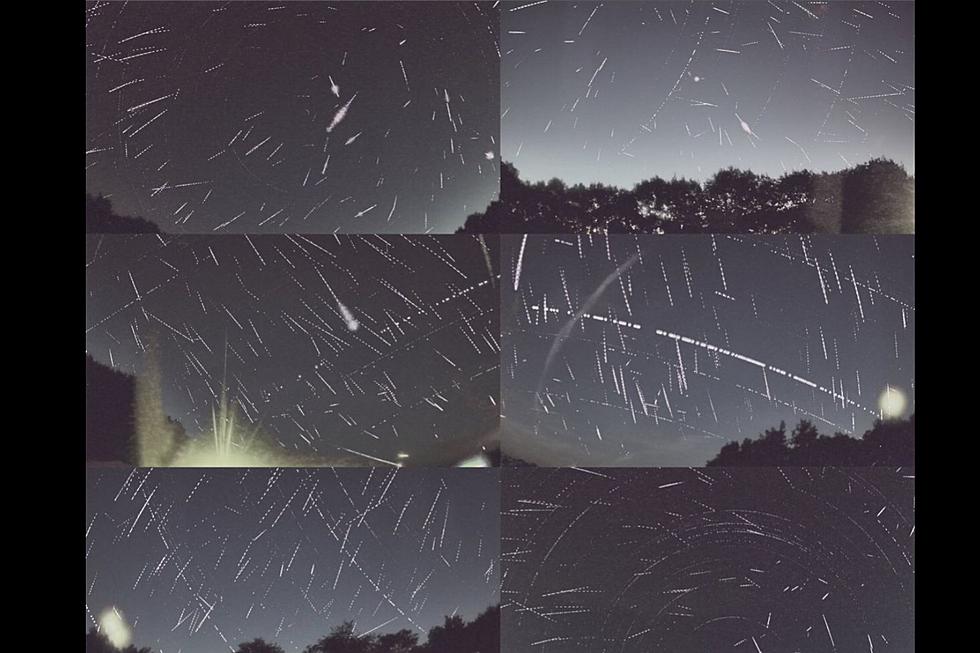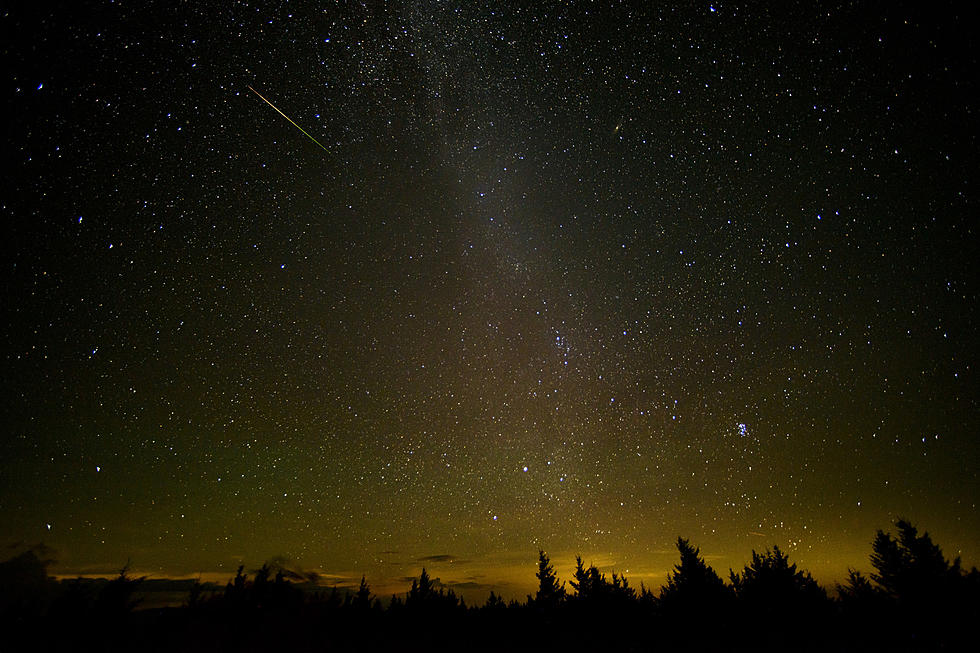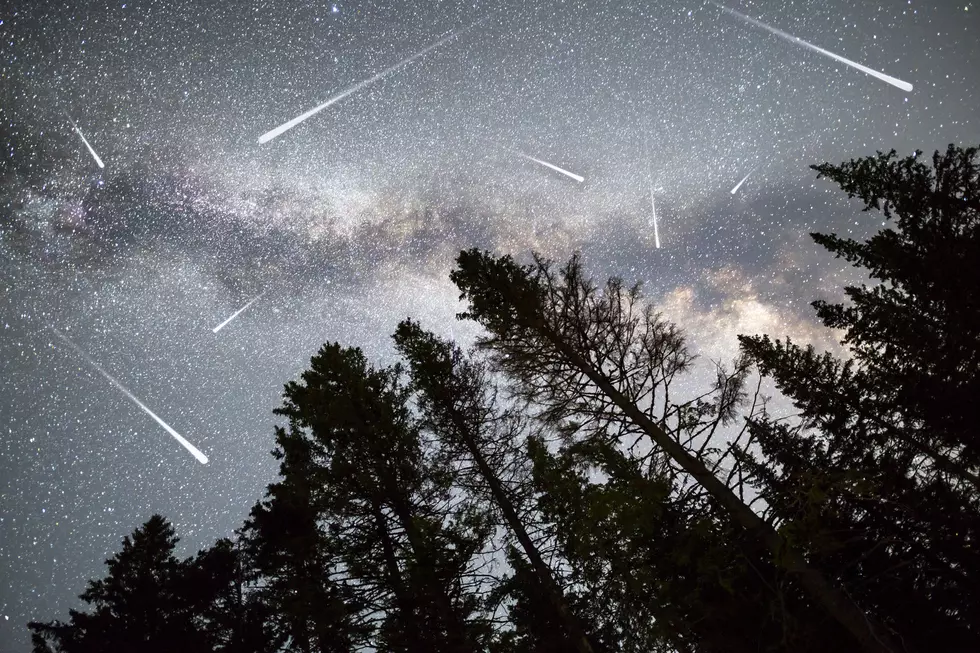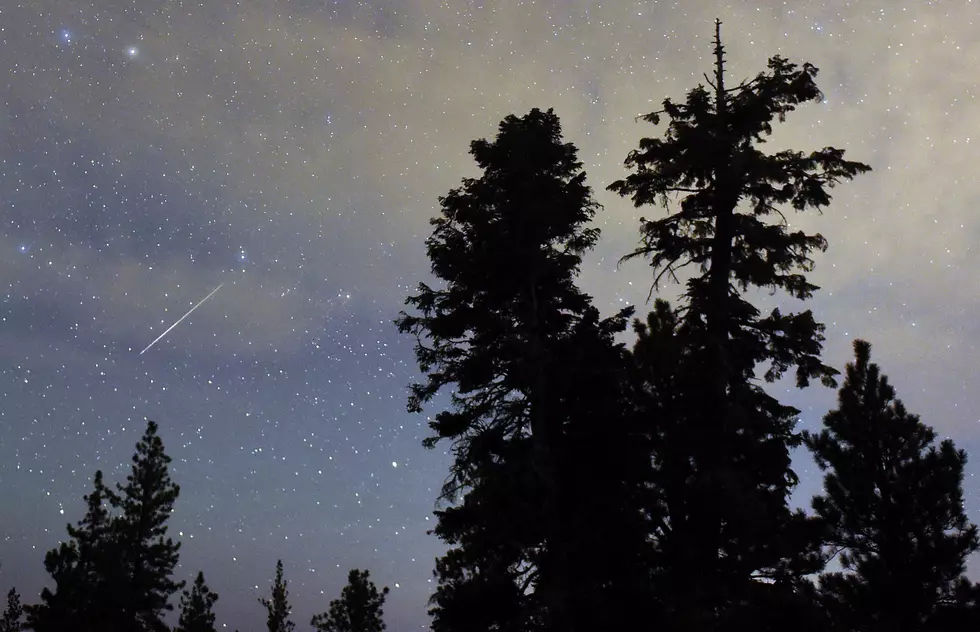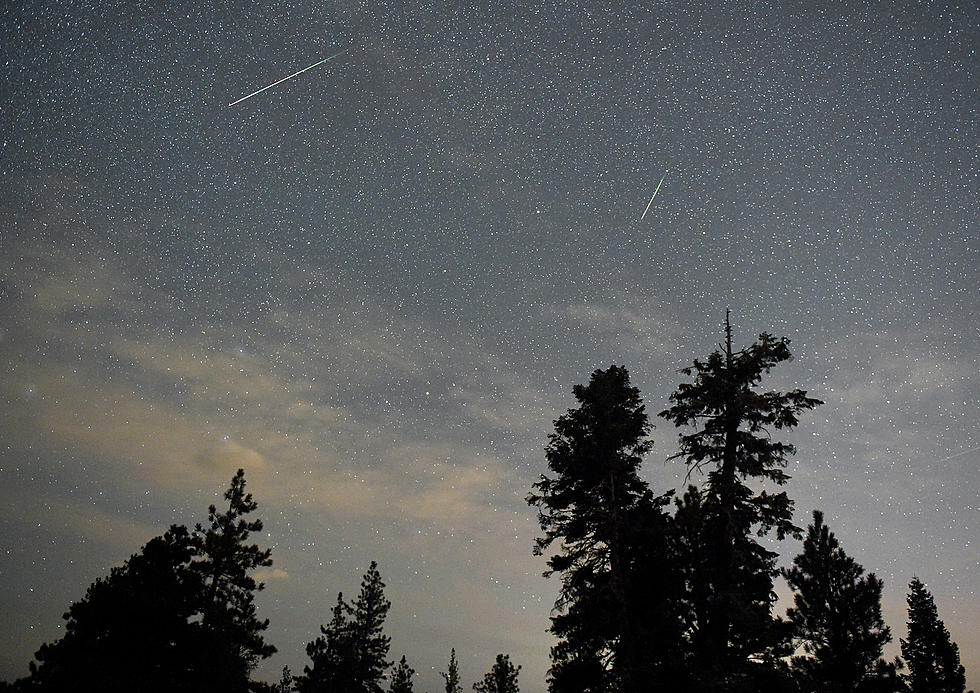
THREE Meteor Showers are Happening in Iowa RIGHT NOW
This week in Iowa, you might be lucky enough to catch THREE meteor showers, with two of them peaking on the same night!
The Delta Aquariid are active from about July 12 to August 23 each year, peaking July 28-29. However, the moon will still be quite bright this week and it won’t be rising until after 10:30.
We also have to take into account any clouds and wildfire smoke in the skies that may block meteor viewing. At their peak, you might be able to see anywhere from 10 to 20 Delta Aquariids per hour.
Comet 96P Machholz (discovered in 1986) is believed to be the parent object of this meteor shower. As a comet approaches the sun, it sheds chunks of itself and it slams into our atmosphere at around 90,000 MPH. This comet has an estimated diameter of around four miles.
Also peaking on July 28-29 are the alpha Capricornids, seen July 3 through August 15th. This shower is not very strong and rarely produces more than five meteors per hour, but it is known for the number of bright fireballs that it may produce. These meteors come from the comet 169/NEAT.
As we move into August, a new moon will be present on August 8, just before the peak of the annual Perseid Meteor Shower.
Probably the most popular meteor shower is the Perseids, which begin around the third week of July and continue through the end of August. This shower will probably produce the greatest number of meteors on the mornings of August 11, 12, and 13. How many can you expect to see? The normal rate is around 50-75 per hour.
If you’re lucky, you might even see what is known as an EARTHGRAZER -- a long, slow, even colorful meteor traveling horizontally across the sky. They are rare but quite the sight to see. Perseid Earthgrazers appear before midnight when the radiant point of the shower is closer to the horizon.
The parent object of the Perseids is the comet, Swift-Tuttle. The bits and pieces from this comet heating up from the sun slam into the Earth’s atmosphere at around 130,000 miles per hour. This comet orbits the sun every 133 years and has a diameter of over 16 miles. In the year 2126, this comet is expected to pass under 15,000 miles away from Earth.
Remember, your eyes can take as long as 20 minutes to adapt to the darkness of night and the best place to view is outside of the bright city lights in a wide-open area.
LOOK: Stunning vintage photos capture the beauty of America's national parks
LET'S GO: The most popular historic sites in America
More From AM 950 KOEL

